With environmentalism becoming one of the burning mainstream topics these days, the interest for sustainable furniture and decor skyrockets. Promoting responsible environmental behavior inside a home has long surpassed the talks about chemicals and food and is now tapping into the realm of objects, materials and paints. While the industry explores different production technologies and promotes recycling, the growing popularity of vintage furniture and decor among the Millennial generation is lighting the way ahead.
There are a couple of reasons why vintage furniture is becoming a go-to solution for many and since this trend is only expected to grow as we move forward, we bring you our insights on the future of the vintage furniture trend.

Environmental concerns being met
Over the past couple of decades, we’ve seen fast furniture taking over the industry landscape. Cheap and handy, the disposable flatpacks gradually crept into our lives promising simple and carefree solutions to our changing lifestyle needs.
With mobility on the rise, it is tempting to look at furniture as a temporary solution - objects of function, built to last a couple of years before being discarded.
But the pressure on the environment this mindset produced over the years are adding up. We can no longer turn our heads away and pretend like this is a sustainable practice.
The origin of the materials used for production is also being looked into. Environmentally safe processes and sustainable sources might add up to the price of the furniture, but the buyers seem to be willing to compensate the brands for their responsible behavior.
Vintage is kind to the planet
But no matter how much we try to do good and use only cautious materials and practices, new products are still feeding the consumerist beast.
However, opting for the vintage means making use of what’s already there. It means paying homage to the skills of the yesteryears’ craftsmen and embracing quality that stood the test of time.
By choosing vintage we are not only recycling but also getting our hands on the furniture that will last for decades, so no more pressure to the landfills.
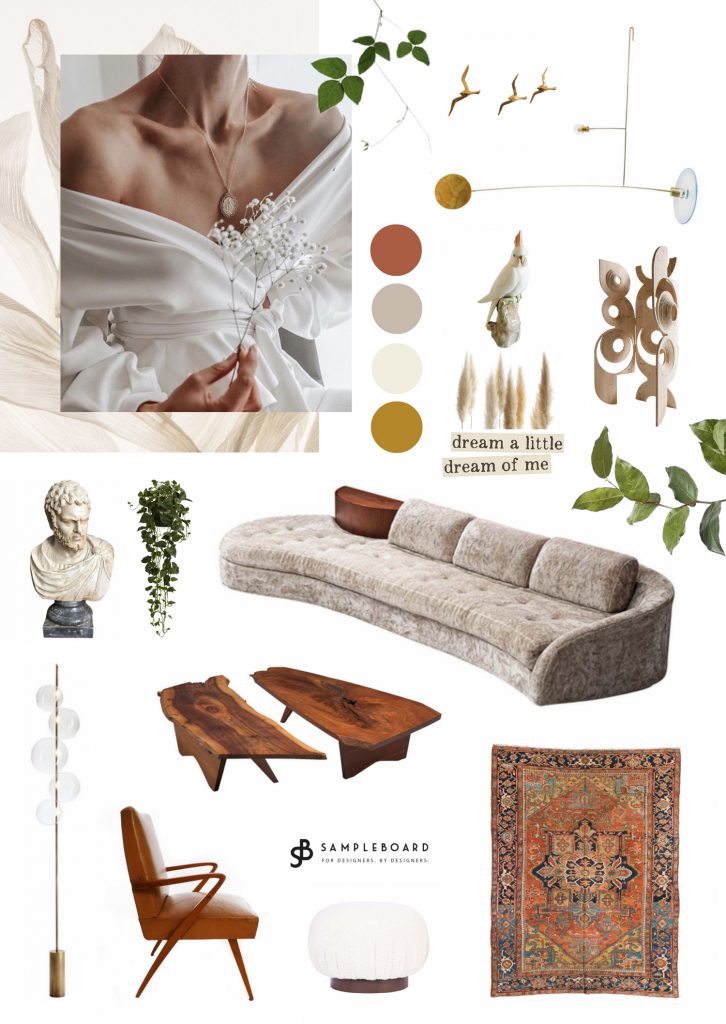
Vintage pieces empower personal expression
While the mass-produced furniture shaped the industry landscape, our personal styles started to fade. But until we opened our doors to social media we couldn’t imagine just how uniform our homes have become.
Vintage furniture can be a powerful ally for fighting the sameness. These pieces are not only rare (sometimes even unique), but they also allow for experimentation and personalization. With a touch of paint or a simple upholstery job, you can turn a drab thrift find into a collectible.
It’s about the story and the relationship
Vintage furniture comes with a story. Discovering a remarkable history of the object brings the thrill and makes us appreciate it even more. Tapping into the reasons why we so desperately crave narratives might be a sad adventure, but what’s certain is that we will continue to favor home decorating trends that favor authenticity and imperfection.
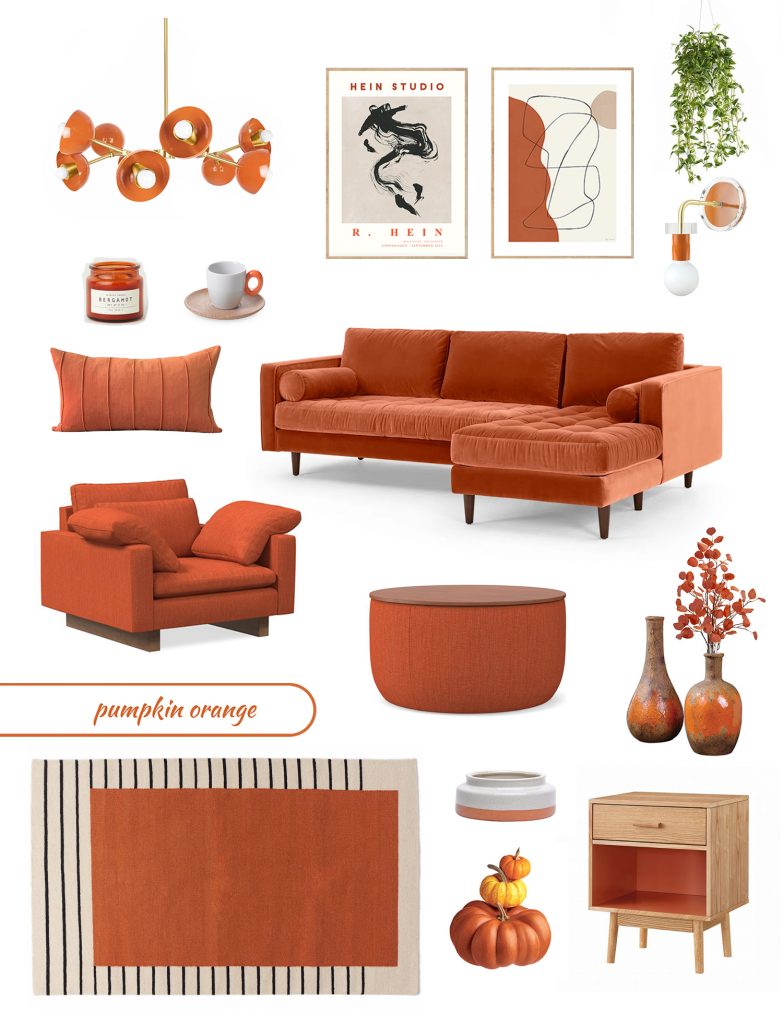
Vintage promotes calm and lived-in feel
Worn pieces with patina and small scratches make us feel relaxed about how we live in our homes. Reminding us that nothing is too precious, they bring ease and acceptance of the natural decay of things.
Before you know it, cookie-cutter interiors start to wear off, but homes that take time to unfold through layering antiques with new pieces hold interest as they appear timeless, unique and highly personal.
It’s good for the wallet
Depending on what you are looking for and how patient and dedicated you are in your search, vintage and antique pieces can cost anything from a dime to fortune. But what is certain is the fact that they do hold the value and the superior quality of their build.
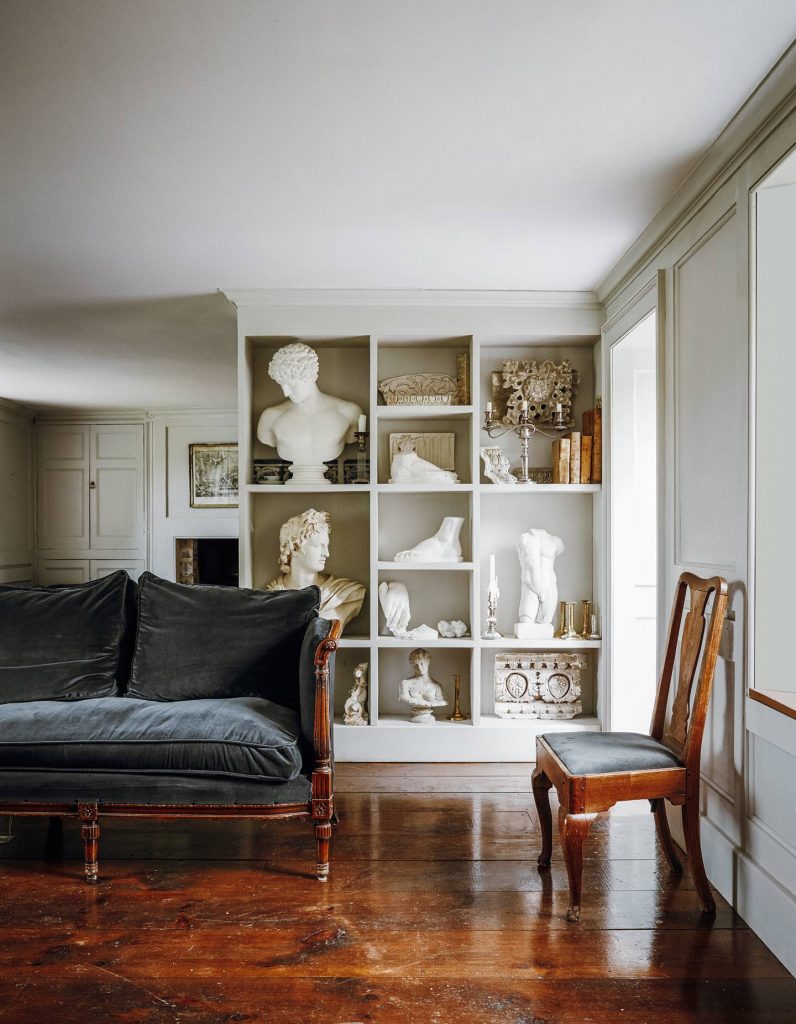


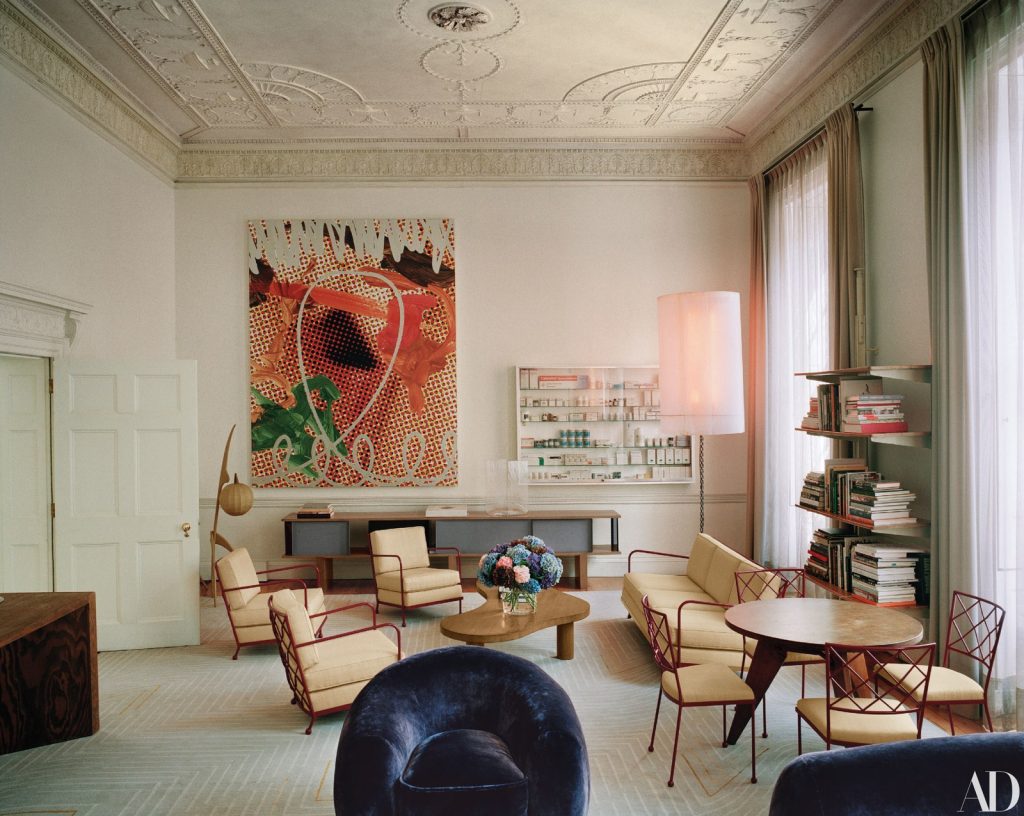
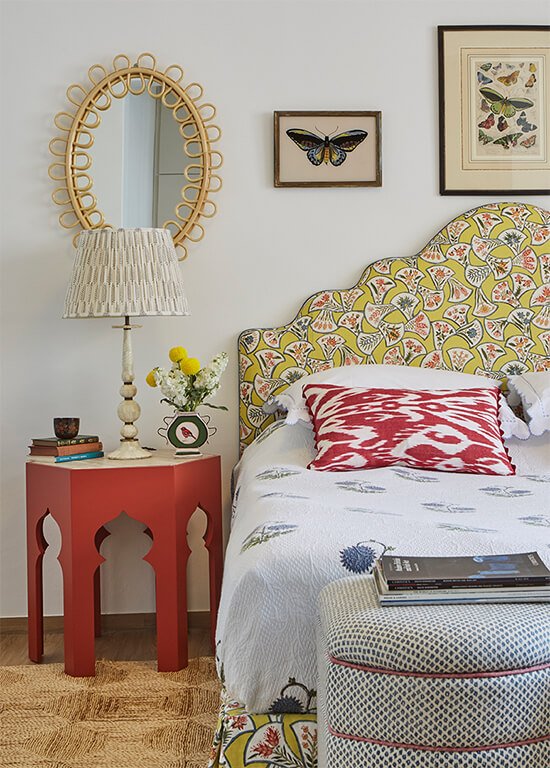
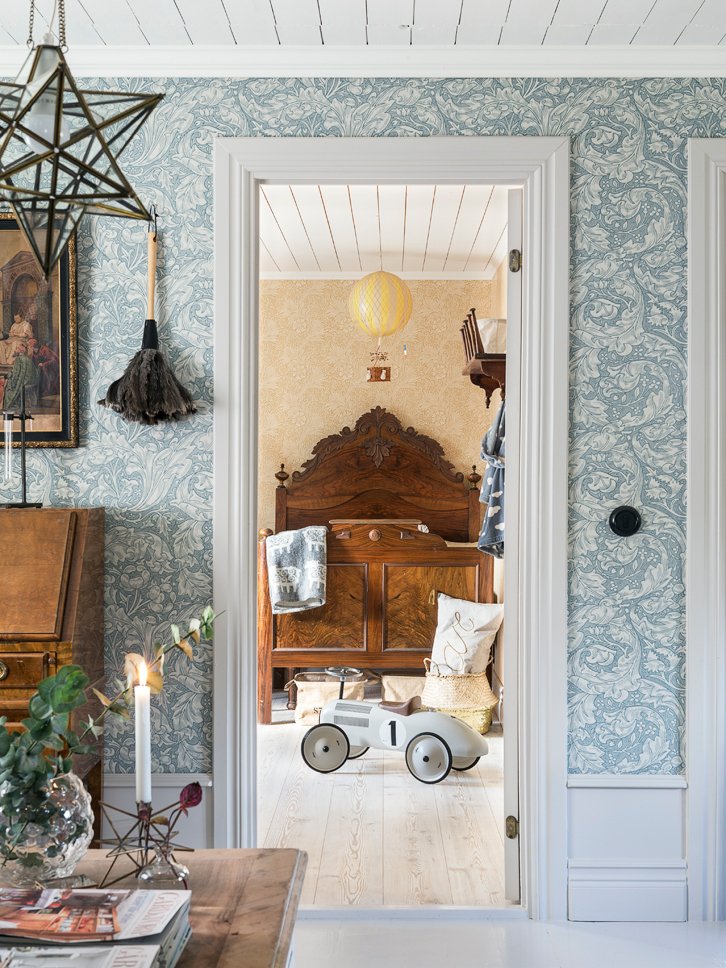
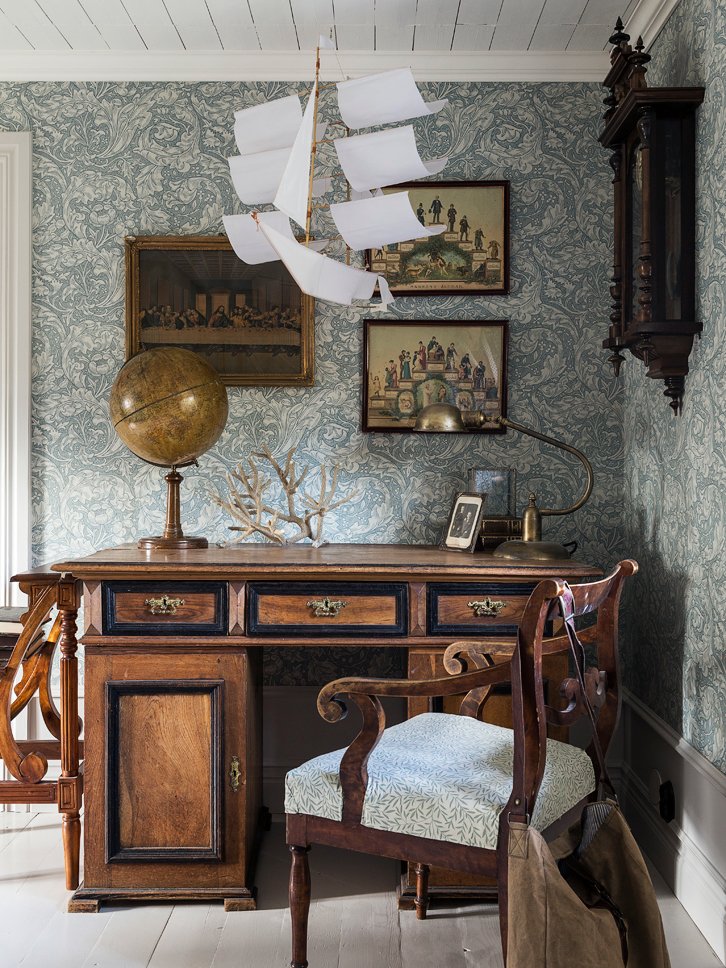
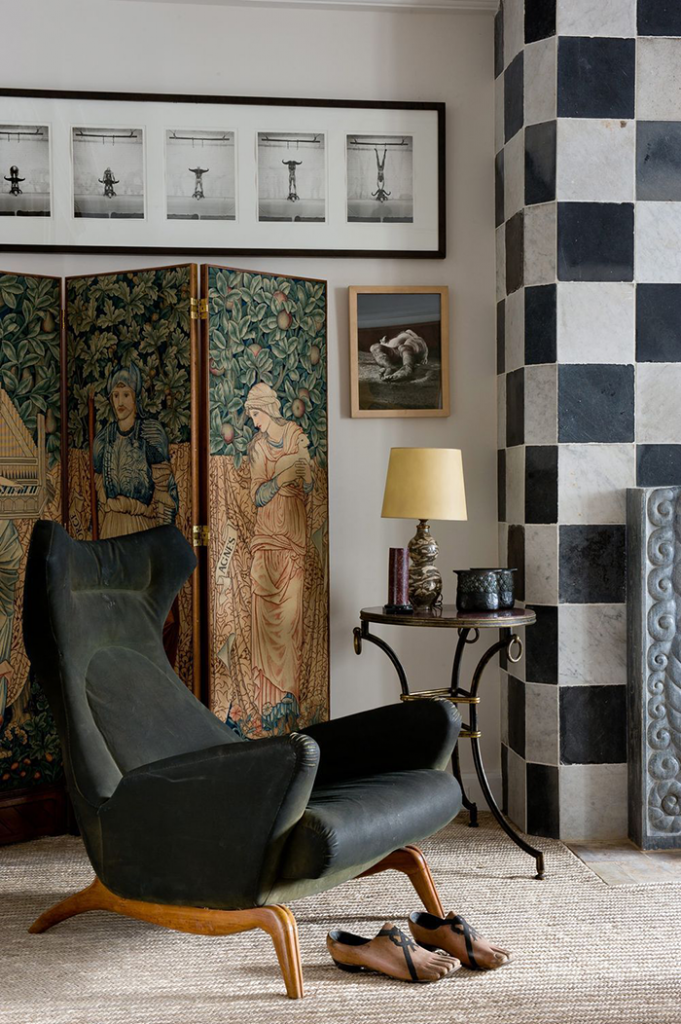




















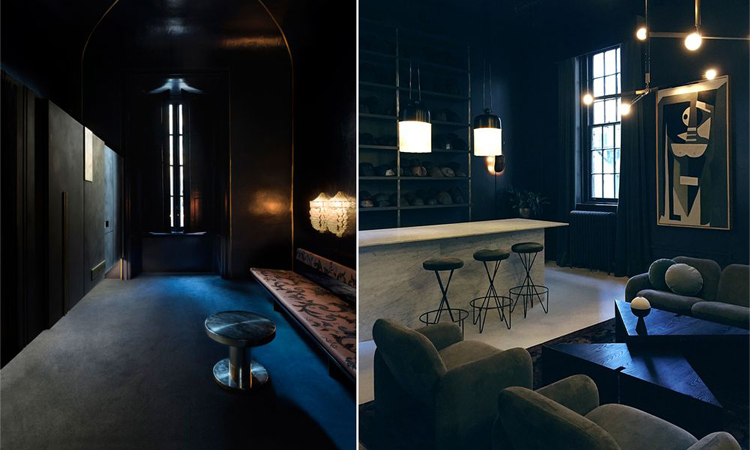
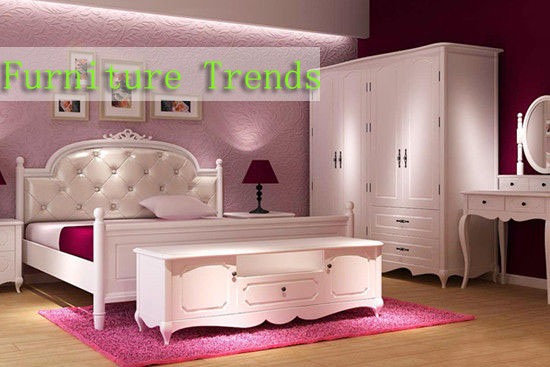













 沪公网安备31010402003309号
沪公网安备31010402003309号